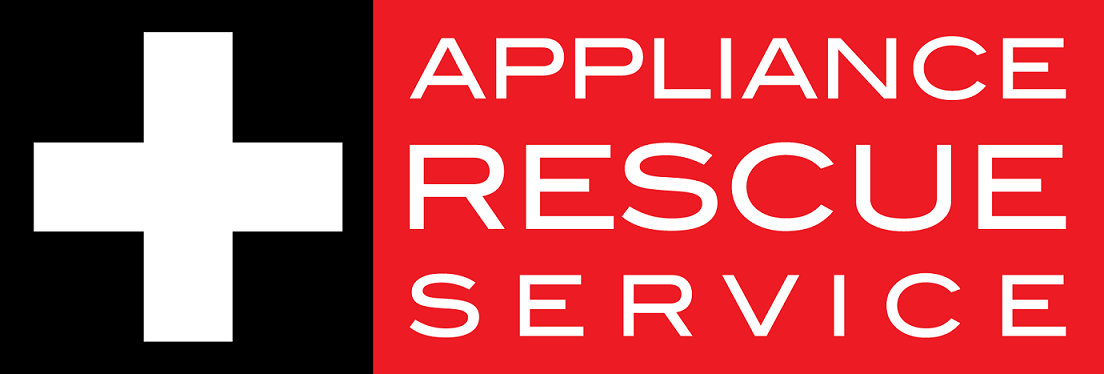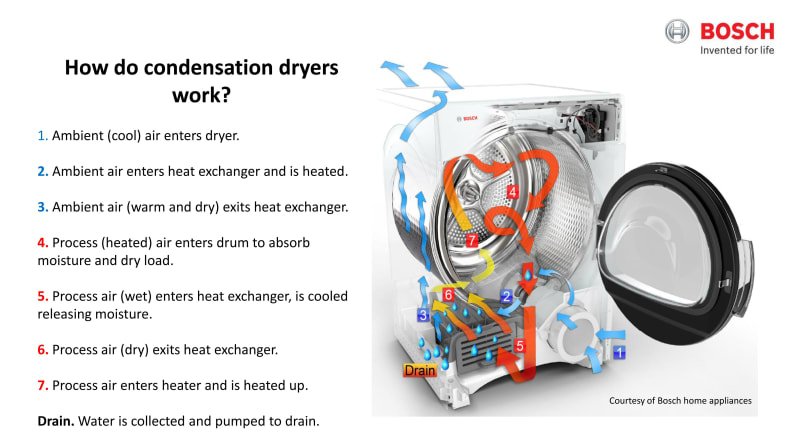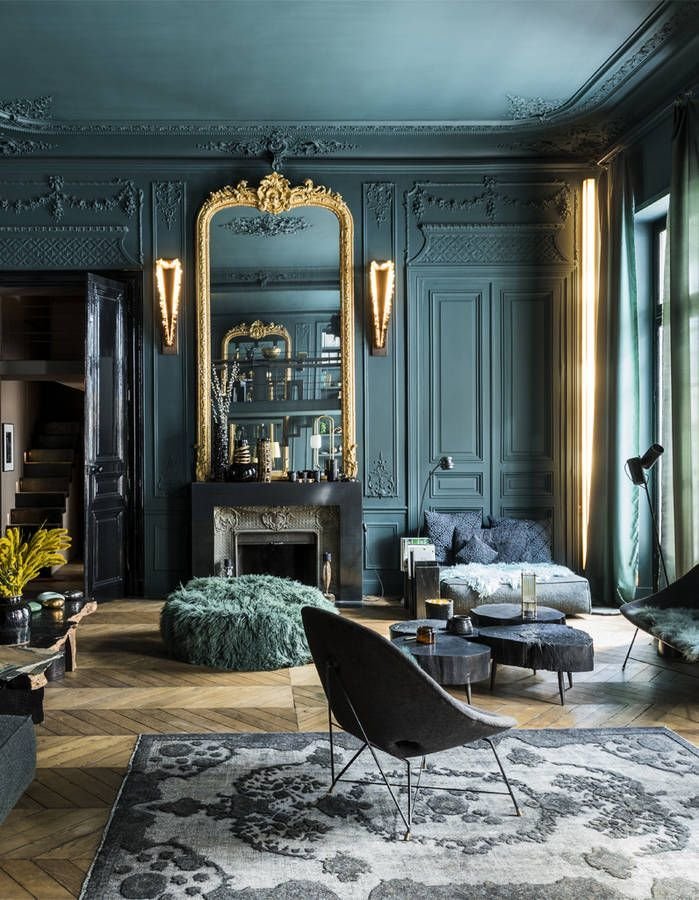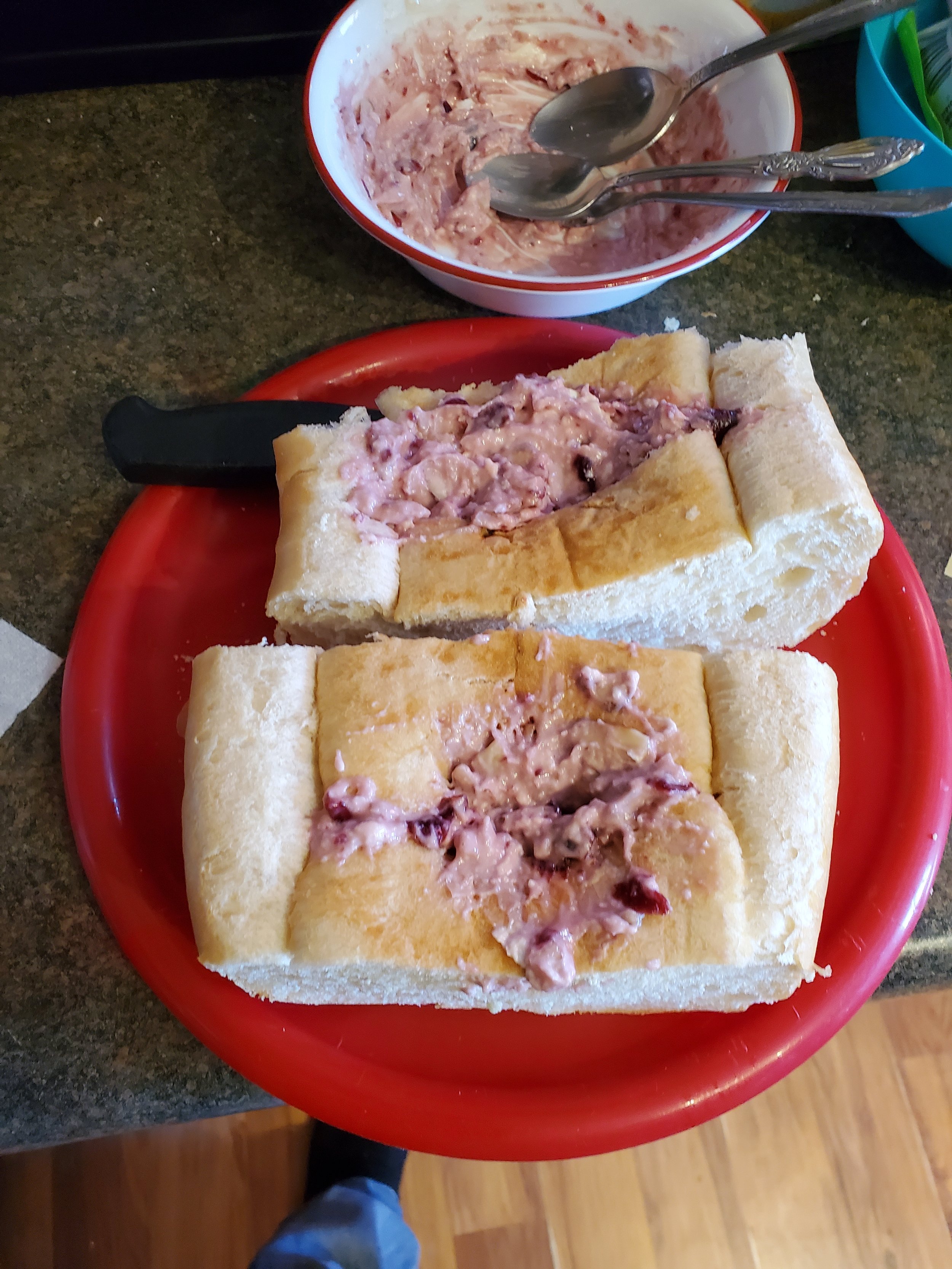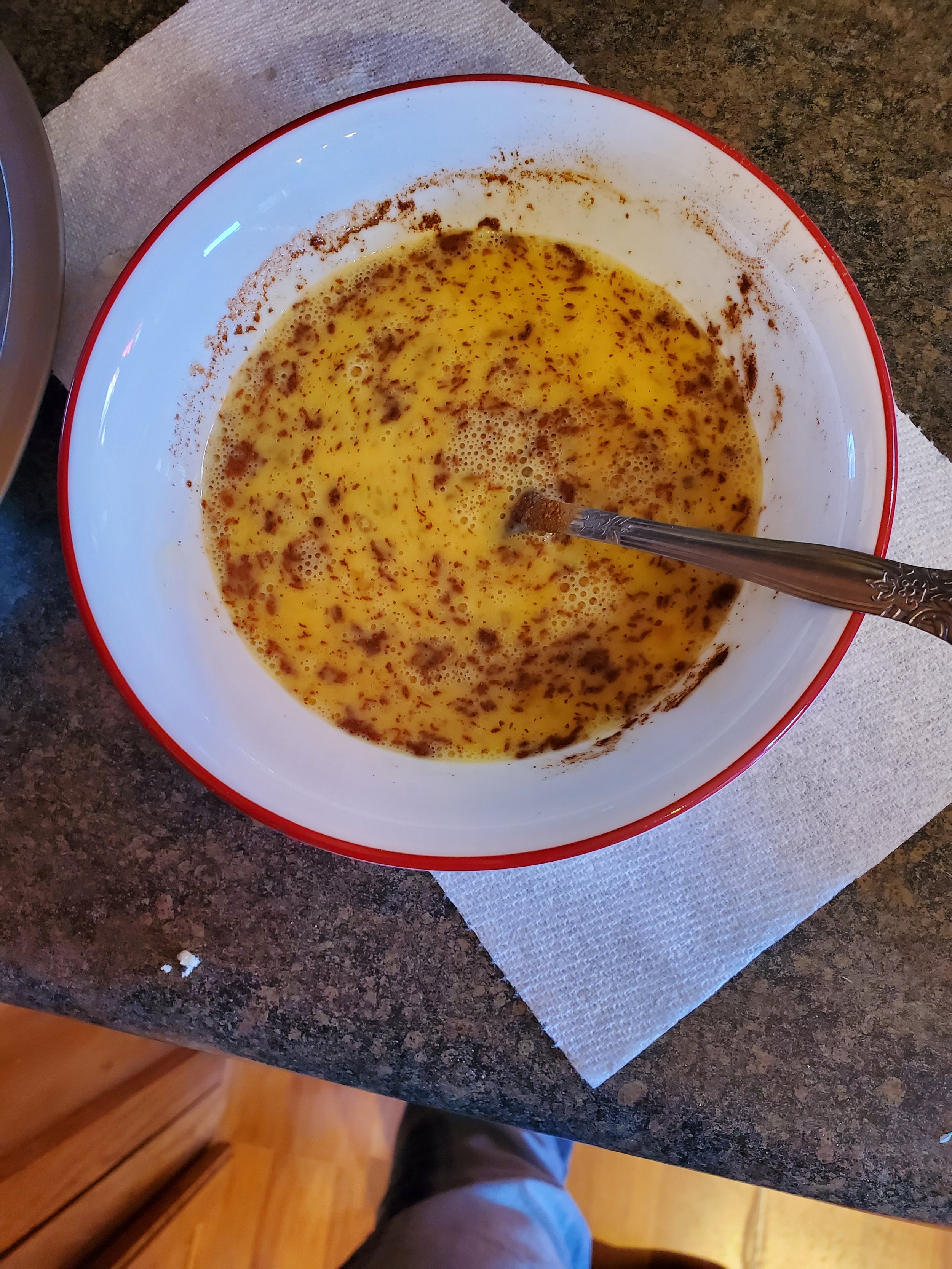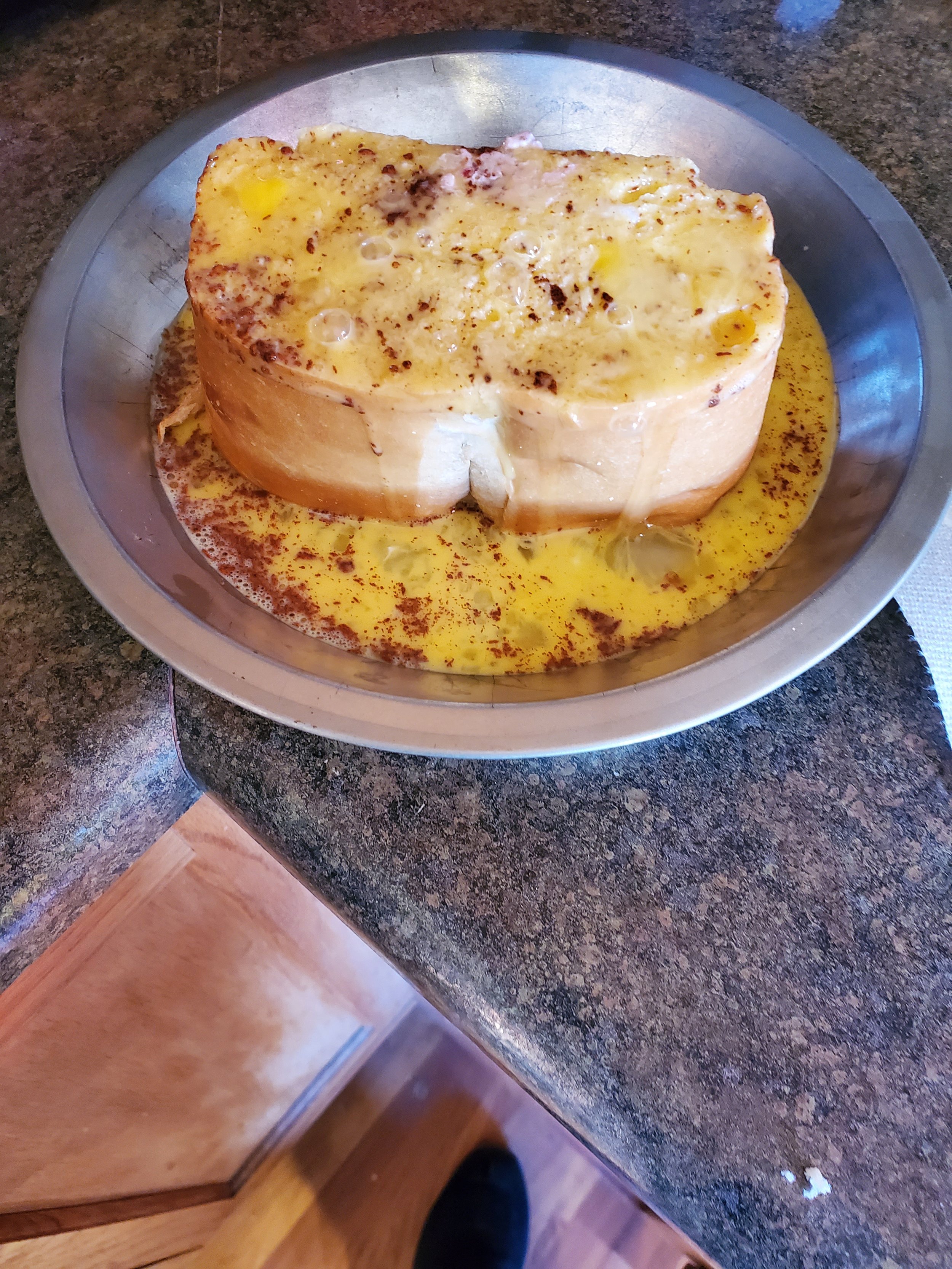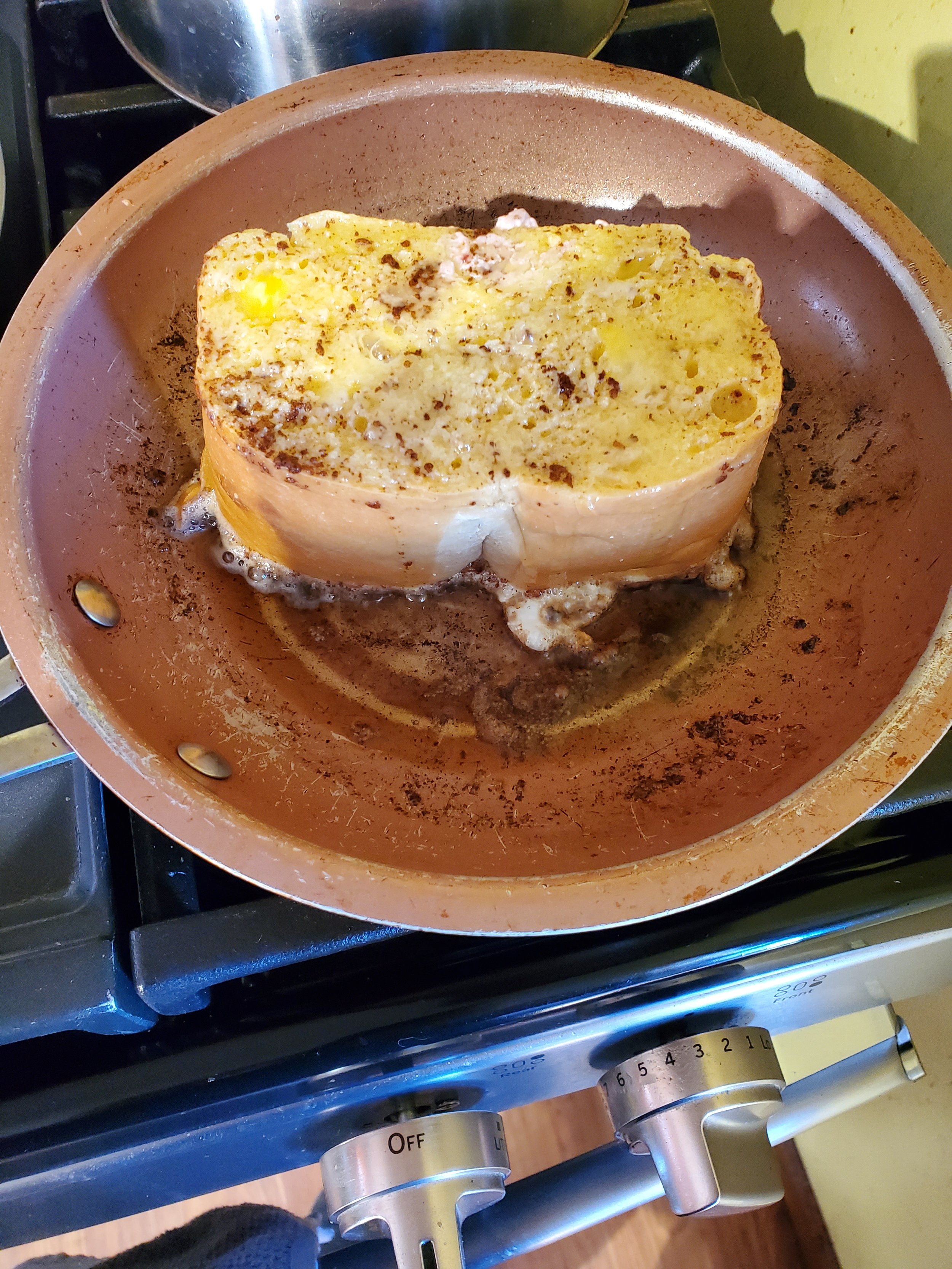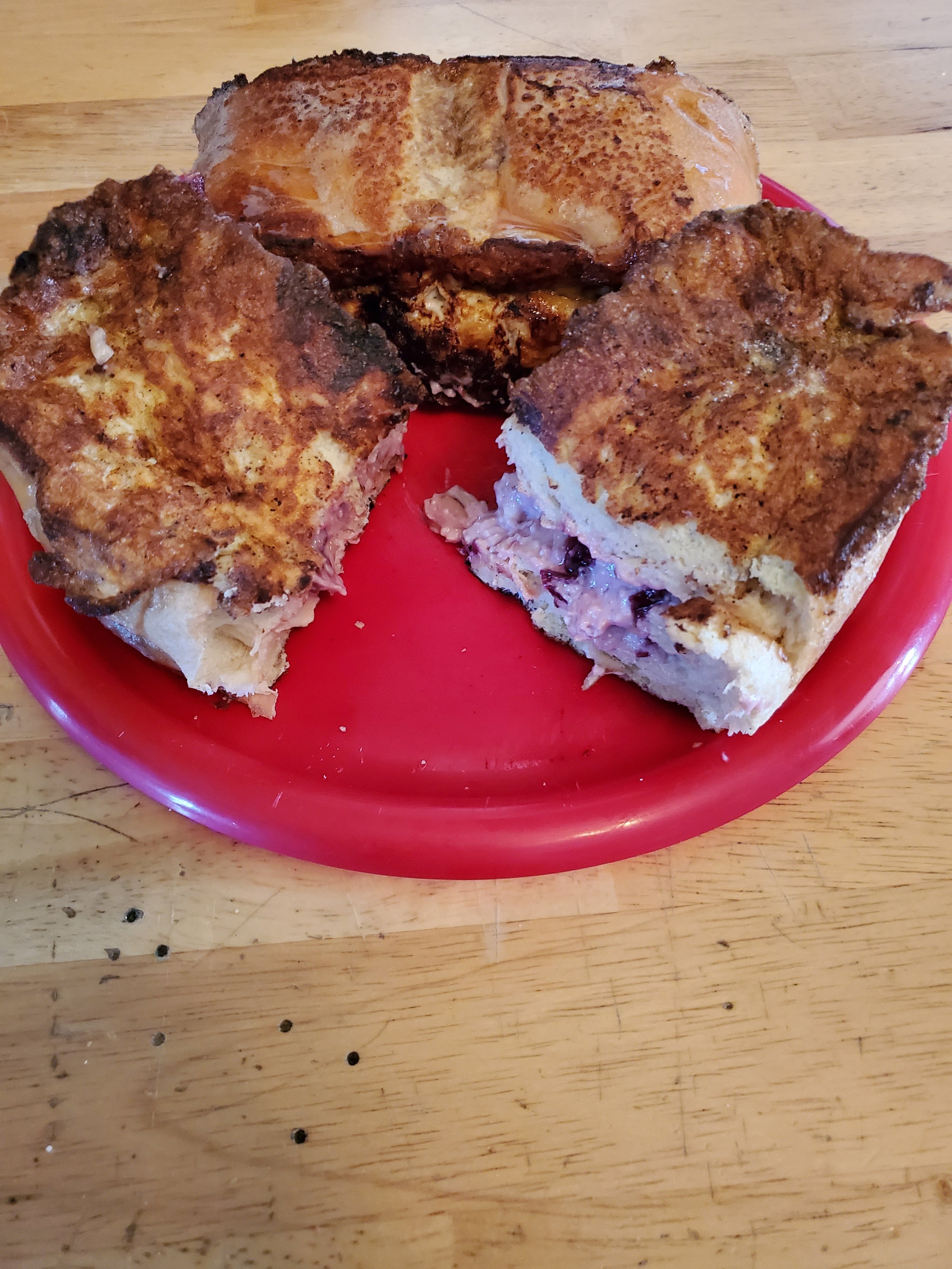Back when we were doing our Deep Dive on Dryers, we mentioned a type of dryer that many of our readers weren't familiar with, the Heat Pump Dryer. People had no idea what we were talking about, which isn't necessarily a bad thing, as it means we get to introduce you to something new. This week we're taking a closer look at this interesting dryer type and seeing if they can fit into your home.
What Is A Heat Pump Dryer?
A heat pump dryer is a dryer that works on a closed loop. It draws air in, heats it for drying the clothes, and pushes that into the drum.
Once the air has become full of moisture from the clothes, it's filtered for lint and pushed into an evaporator to cool and have the water drawn off. That evaporator system heats up on the outside though and that heat is reused to heat the now cool, dry air. That air then goes back into the drum to start the process all over.
The water that was drawn out of the air is pumped out through the same drain that your washer uses, which means that you don't have to worry about emptying a collection reservoir or anything.
How is A Heat Pump Dryer Different?
The two biggest differences to your usual dryer are tied together, the vent or ducting and how the air is used. On a standard electric or gas dryer the air comes in, it gets heated by a coil or a flame and then is pumped into the drum. When the air becomes saturated with moisture that's pumped back out, into the vents and pushed outside of your home. This has led to all sorts of problems that we've talked about before for vents becoming clogged and full of lint. Because the heat pump dryer reuses the air over and over, that external vent isn't needed. There is some loss of air, but not enough that it needs a separate duct to go outside of your home.
A heat pump dryer is also considerably more energy efficient than your standard dryer since the air is used over and over and the different steps serve multiple purposes at the same time.
A heat pump dryer also works at a lower temperature, which means that it's easier on your clothes as it runs.
What do I Need to Know Before Installing A Heat Pump Dryer?
- They Do Cost More
As of right now a heat pump dryer does cost more. Because this design of dryer is relatively new by comparison to electric and gas dryers, they're still more expensive to purchase. However, since you end up saving on your electricity bill, that does weigh against the initial cost.
-They Do Have A Smaller Capacity
Because of all the different pieces that go into making the dryer run, there's less space for the drum. So for the time being, most heat pump dryers are more 'compact' in terms of how much they can handle. So no, if you've got a large or active family, we wouldn't suggest getting this.
- You Can Stack Them
Yup! If you're short on space, or you want to make it easier to get things in and out of your dryer, you can get a stacking kit for your heat pump dryer.
-What About Wall Mounting A Heat Pump Dryer?
Sadly, no. Because of how much a heat pump dryer weighs, you can't attach them to a wall. Even with brackets, they're too heavy to stay safely suspended.
-What Are Some Brands That Make Heat Pump Dryers?
Some of the brands that you can find a Heat Pump Dryer with are: LG, Miele, Whirlpool, Beko, Samsung and Bosch.
-Is There Anywhere I Can't Install A Heat Pump Dryer?
Yes. As of right now, you cannot install one on the moon or in sitting pools of water. Jokes aside though, we would avoid areas that you know are cracked, uneven or prone to flooding. You'll also want to make sure that the electrical outlet is a high enough voltage that it can handle the power draw. Although as we've said the Heat Pump Dryers are very efficient, they are still going to draw more energy than what a standard outlet can provide.
With all of that in mind, what's next? Do you think you'll end up getting a heat pump dryer for your home? Why or why not? We'd love to hear your thoughts on the matter in the comments below or over on our Facebook page.
If you ended up here because you already have a heat pump dryer and it's on the fritz, no worries! We can still help. Just give us a call at ((214) 599-0055) or reach out to us over on our contact page to set up an appointment. No matter which of your appliances is acting up, we'll be happy to work with you to get your home running smoothly again.
Additional Reading:
6 Things Your Should Never Put In Your Dryer
